Environmental Stewardship
-
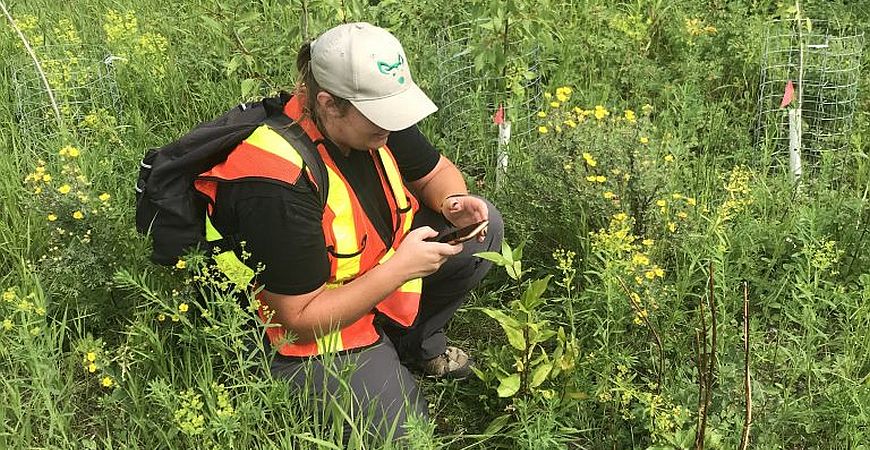
Citizen Science with Digital Apps
—
by
With the support of Alberta Environment and Parks, and funders like the Land Stewardship Centre’s Watershed Stewardship Grant, Kinsmen and RBC Tech for Nature, the Friends of Fish Creek have […]
-

Riparian Health Assessments
—
by
The Friends have spearheaded projects aimed at improving the riparian health along Fish Creek since 2014; riparian health assessments are the first step in this important work as they provide […]
-
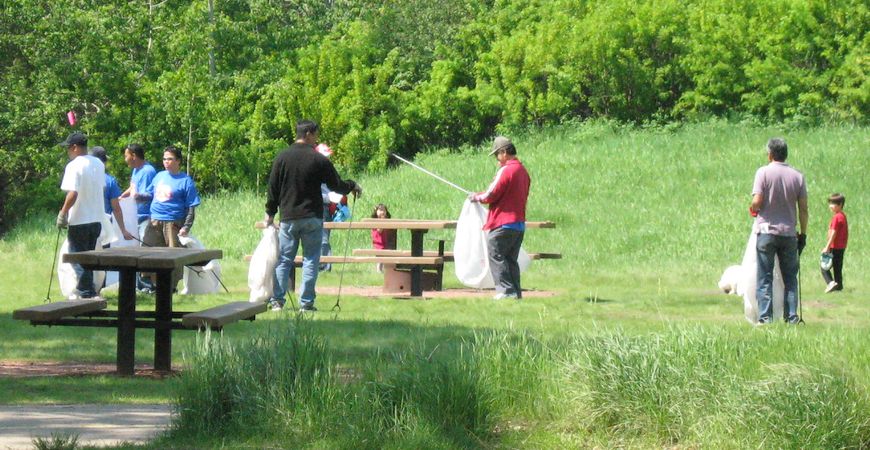
Litter Clean-Ups
—
by
Have you found a spot in Fish Creek Provincial Park that’s in need of a litter clean up? Do you know of a group that might be interested in taking […]
-
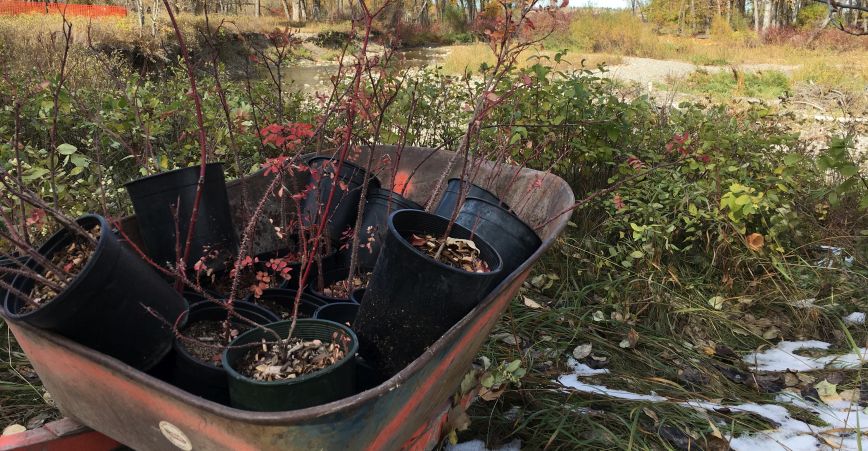
Riparian Stewardship Program
—
by
The Friends’ Riparian Stewardship Program is part of our larger, overarching Watershed Stewardship Project that provides a wide range of opportunities for people to lend a hand in the care […]
-
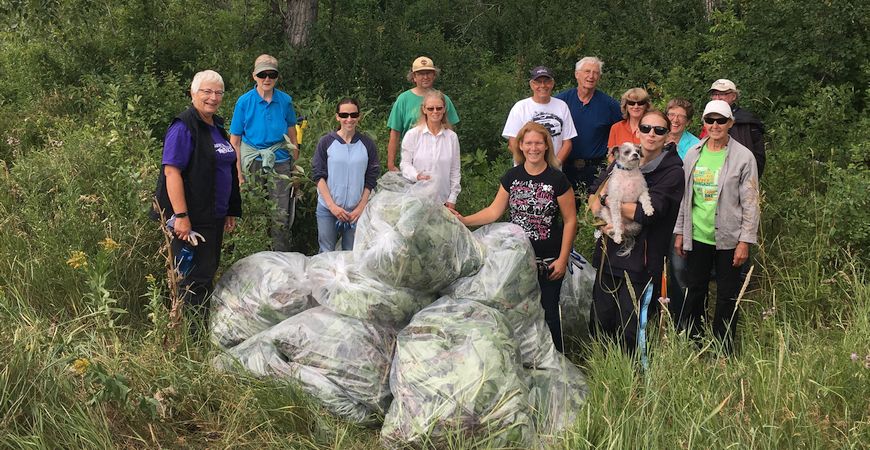
Weed Whackers
—
by
Invasive plants find their way into Fish Creek Provincial Park in a variety of ways, including dispersal of seeds via wind and/or water from surrounding neighbourhoods and backyard gardens. These […]
-
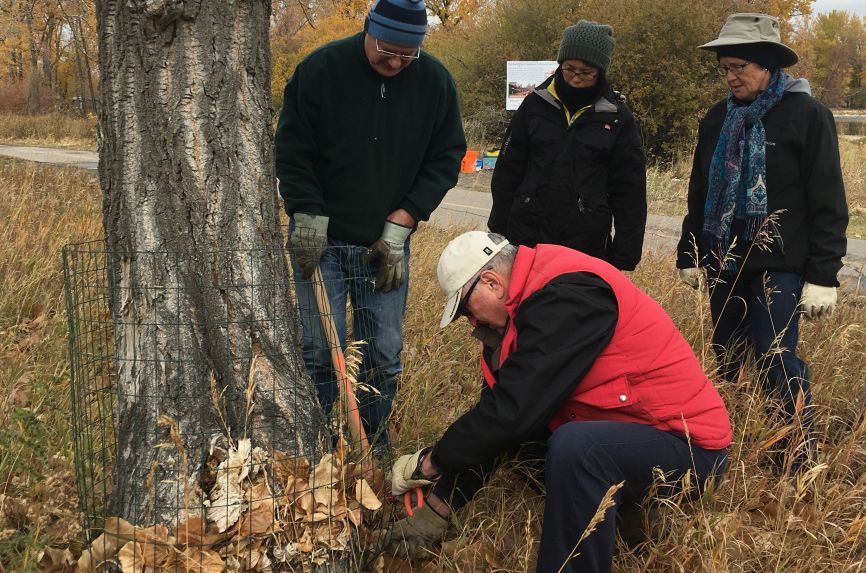
Tree Wrapping
—
by
Beavers are an important species that provides many ecological services such as slowing of water, absorption of water into the ground and creation of habitat for other species of wildlife. […]